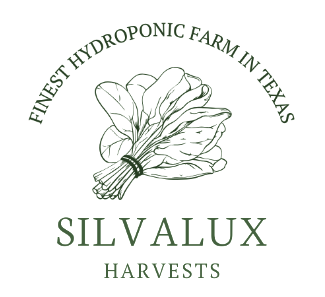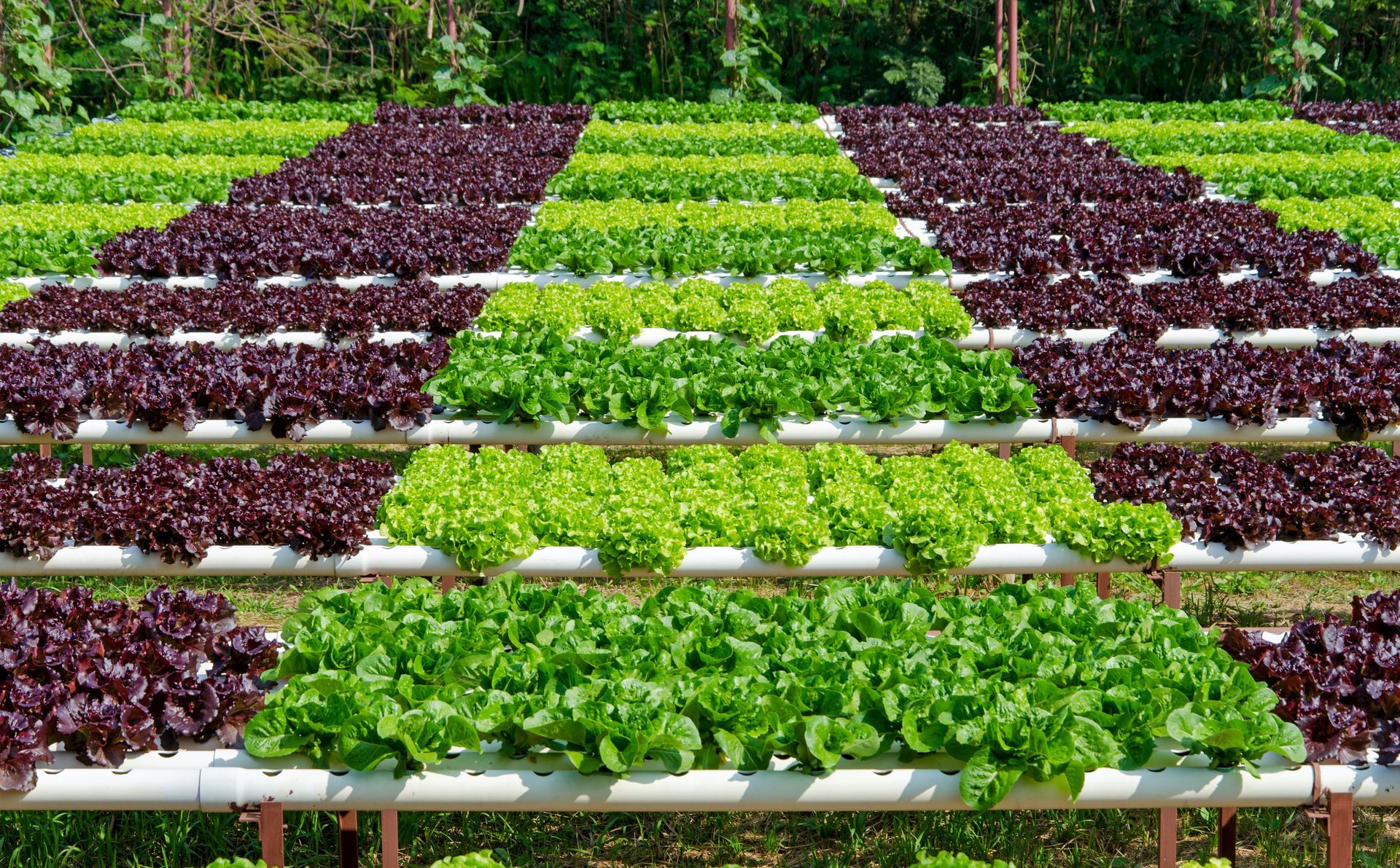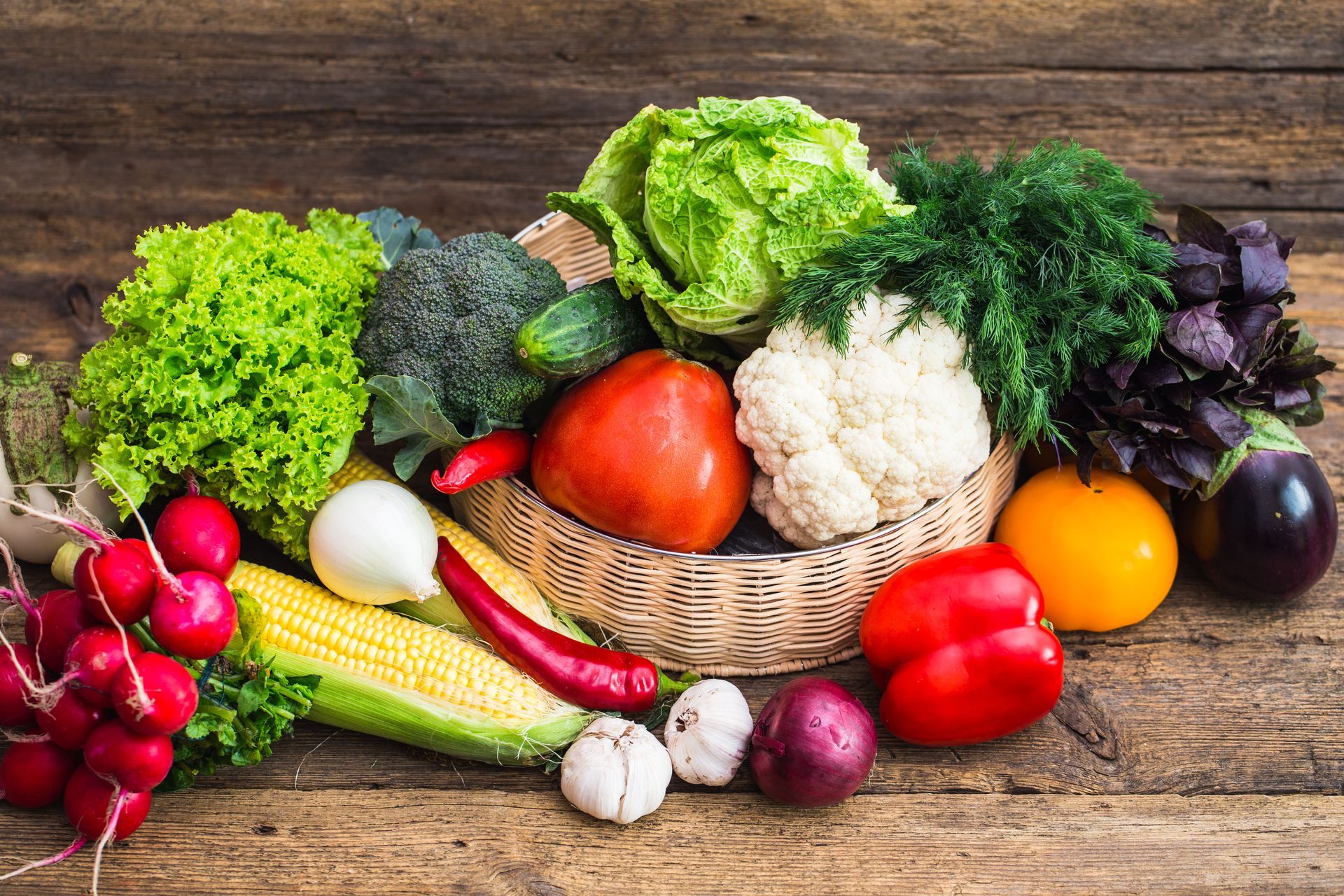Why Produce Suppliers Are Moving Towards Hydroponic Crop Farming
Hydroponic crop farming, a method of growing plants without soil by using mineral nutrient solutions in an aqueous solvent, is attracting significant attention from produce suppliers. This practice addresses many challenges faced by traditional farming, such as soil degradation, inconsistent crop yields, and environmental sustainability issues. As the global population continues to grow, there is an increasing demand for innovative and efficient farming methods to ensure robust food production in limited spaces. Consequently, many produce suppliers are turning to hydroponic farming as a way to pave the future of agriculture. In fact, according to IBIS World, there were 3,483 hydroponic crop farming businesses in the U.S. as of 2024, an increase of 4.2% from 2023. Let's take a closer look at why hydroponic systems are becoming so popular.
Increased Yield Production
The capability of hydroponic systems to substantially boost crop yields is a key economic advantage for produce suppliers. By optimizing nutrient availability, light, and other growth factors, hydroponics ensures that plants can reach their full genetic potential. Suppliers can harvest multiple cycles per year since the conditions are meticulously controlled, resulting in a consistent and reliable product. This continuity is especially important in meeting the demands of a growing population and maintaining market competitiveness. Furthermore, increased yields translate to higher revenues for suppliers, allowing them to expand and invest in further advancements.
Another important aspect of yield growth with hydroponics is the ability to grow a diverse range of crops year-round, regardless of external weather conditions. Traditional farming often faces setbacks from droughts, floods, or seasonal limitations, but hydroponic systems create a controlled environment where plants thrive consistently. This reliability allows suppliers to meet consumer demand for fresh produce even during off-seasons, giving them a competitive edge in the marketplace. The predictability of harvest cycles also supports better inventory management, stronger supply chain planning, and improved relationships with retailers who depend on a steady product flow.
Reduced Resource Consumption
Hydroponic farming is celebrated for its resource efficiency, particularly in terms of water and land usage. These systems consume less water compared to traditional farming as they recycle and reuse water, thereby diminishing the need for large water inputs. Furthermore, hydroponics maximizes space utilization, allowing for vertical farming techniques that can exponentially increase production per square foot. As a result, produce suppliers can cultivate crops even in urban environments where land is limited and expensive.
Labor and Cost Efficiency
While the initial requirement for hydroponics includes a higher upfront investment, the system's operational costs are often lower over time. Automation and technology contribute to significant labor savings by minimizing human intervention for routine tasks such as watering and nutrient supply. Suppliers can also benefit from the reduced dependency on pesticides and herbicides, as controlled environments lessen the prevalence of pests and diseases. Additionally, the uniformity in production minimizes waste and spoilage, thus conserving resources and reducing costs. Ultimately, hydroponic farming represents an economical, long-term solution for scalable food production.
Hydroponic systems also streamline labor allocation by allowing suppliers to focus their workforce on high-value tasks rather than routine maintenance. Automated nutrient delivery, climate control, and monitoring systems reduce the need for manual intervention, freeing staff to manage quality control, packaging, and distribution. This shift not only lowers labor costs but also increases operational efficiency and accuracy. Over time, the combination of reduced manual labor, minimized crop losses, and optimized resource use contributes to a more sustainable and financially manageable farming operation.
Profitability for Produce Suppliers
Produce suppliers adopting hydroponic systems find that these approaches can significantly increase profit margins. The capability to supply fresh produce regardless of seasonality creates marketing opportunities and allows suppliers to tap into premium market segments. This is complemented by a burgeoning consumer preference for sustainably farmed produce, which commands a higher market price. By mitigating risks associated with climate and environmental changes, hydroponics also shields suppliers from market volatility. Consequently, hydroponic farming not only supports profitability but also provides financial stability and resilience in a competitive agricultural landscape.
Sustainability and Eco-Friendliness
One of the standout features of hydroponic farming is its sustainability and minimal environmental footprint. The system's design inherently conserves natural ecosystems by eliminating soil erosion and reducing deforestation. With controlled environments, hydroponics supports biodiversity by avoiding harmful pesticide use while promoting natural growth cycles. Additionally, as hydroponics requires less water and nutrients, it supports efficient resource utilization that is critical for ecological conservation. Together with its potential for reducing greenhouse gas emissions, hydroponics is aligned with global sustainability goals, making it an attractive option for produce suppliers.
Water Usage and Conservation
Water conservation is a cornerstone of hydroponic systems, distinguishing them from traditional agriculture that often involves high water usage. By recycling water within closed-loop systems, hydroponics reduces the need for excessive irrigation and minimizes runoff. This approach is particularly beneficial in arid regions or areas prone to droughts, where water scarcity poses significant agricultural challenges. The ability to sustain plant growth with minimal water resources supports the expansion of farming into previously unsuitable areas. Therefore, hydroponics is not only a viable solution for water conservation but also critical in tackling the global water crisis.
In addition to recycling water, hydroponic systems allow precise control over nutrient delivery, which further minimizes water waste. By supplying only the exact amount of water and nutrients each plant needs, suppliers avoid over-irrigation and nutrient runoff that can harm the environment. This not only conserves water but also reduces the risk of soil and waterway contamination, making hydroponics an environmentally responsible choice. For produce suppliers, this efficiency translates to lower utility costs and a more sustainable production model that can be scaled without putting additional strain on local water resources.
Reduction of Pesticides and Herbicides
In hydroponic farming, the use of pesticides and herbicides is significantly reduced or entirely eliminated due to the controlled growing conditions. Without the risk of soil-borne diseases and pests, farmers can maintain plant health without relying on chemical interventions. This reduction benefits the environment by keeping ecosystems free from harmful residues that can disrupt wildlife and contaminate water sources. Furthermore, the health benefits for consumers are notable, as it decreases the ingestion of potentially harmful chemicals. The clean and chemical-free nature of hydroponically grown produce enhances its appeal and aligns with consumer demand for safer, transparent food practices.
Urban Agriculture and Space Efficiency
Hydroponic farming has enabled the rise of urban agriculture by facilitating crop production in metropolitan areas where land is scarce. Vertical farming and rooftop gardens, powered by hydroponics, make efficient use of space, transforming underutilized areas into productive agricultural hubs. This shift helps mitigate urban heat effects, improves air quality, and fosters community engagement by transforming urban environments into green spaces. Beyond environmental benefits, urban agriculture brings healthy, fresh produce closer to consumers, shortening supply chains and reducing transportation emissions. Overall, hydroponics contributes to more sustainable and resilient urban ecosystems.
Altogether, hydroponic farming presents produce suppliers with a powerful opportunity to combine efficiency, profitability, and sustainability in a single system. By addressing challenges like limited land, water scarcity, and consumer demand for clean, chemical-free produce, it provides a forward-looking approach to agriculture. As advancements in technology continue to refine these systems, hydroponics is poised to play a central role in feeding future generations while protecting the planet’s resources. If you're interested in exploring the power of hydroponics, visit SilvaLux Harvests and enjoy food from produce suppliers you can count on!




Share On: